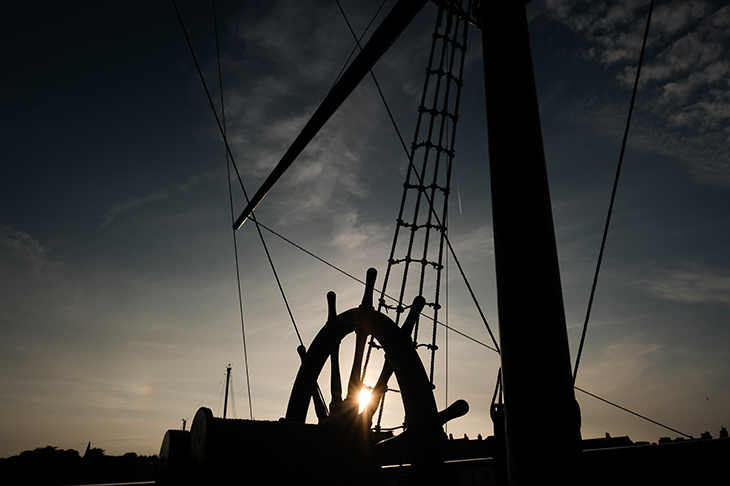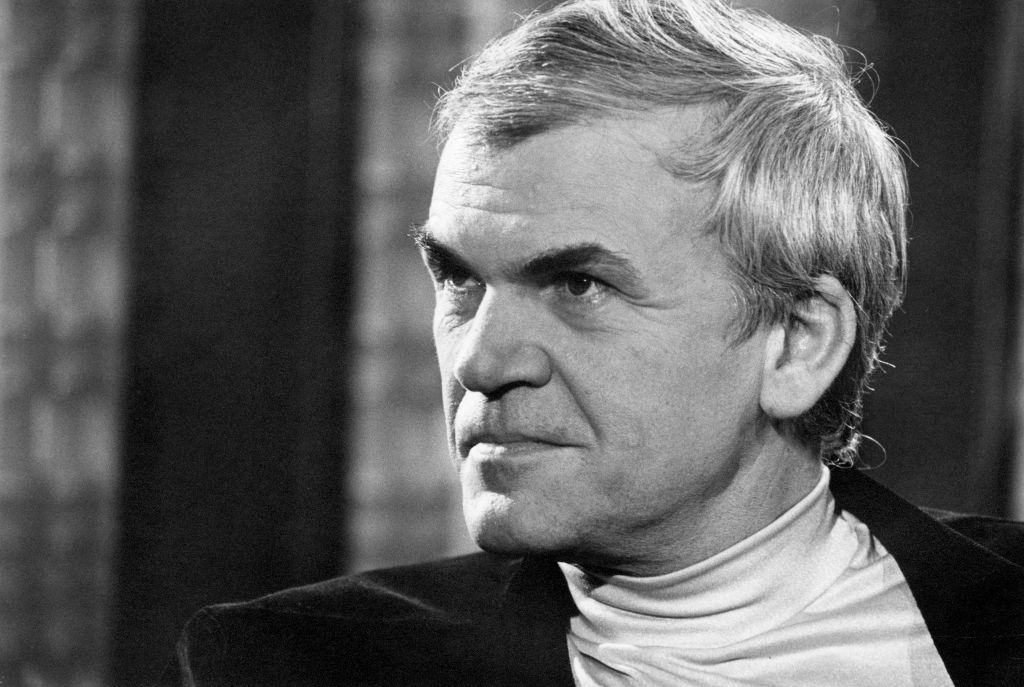There is something about the Transit of Venus that touches the imagination in ways that are not all to do with astronomy. The last Transit occurred in 2012, and if nobody who watched it will ever see another, the sight of that small black dot, making its almost imperceptible progress across the disc of the sun, offered, across the span of 243 years, an oddly moving connection with the scientists and sailors who quartered the globe and, sometimes, risked their lives in 1769 to attempt the first comprehensive observations of the event.
There is no shortage any more of ‘global events’ — a good, old fashioned footballing brawl between England and Colombia will stop the planet — but in the more localised world of the 18th century it was another matter. ‘In a globe parcelled up in parishes and towns, provinces and colonies, the Transit of Venus,’ Peter Moore writes in this bold and imaginative sweep of a book, was
a rare instance of people undertaking the simple action of pausing, looking and counting across dispersed space. As Cook and Green sat on their chairs in Fort Venus… Jeremiah Dixon was gazing upwards from Hammerfest Island in the Arctic Circle, and William Wales was peering through a telescope at Hudson’s Bay. In Newport, Rhode Island, Revd Ezra Stiles braced himself for the observation. Nearby in Cambridge, New England John Winthrop, professor of mathematics at Harvard, looked though smoked glass at the sun, as did Maskelyne at Greenwich London.
The prize for success was the mathematical data that might enable scientists to calculate the earth’s distance from the sun. The particular problem, in 1769, was that only the very beginning of the Transit would be visible from Britain or western Europe and that it should ideally be observed from somewhere in the South Seas. There had been a similar attempt, be-devilled by war, weather and ill-luck, eight years earlier (transits go in pairs, eight years apart, separated by more than a century) and this time the scientific establishments of Europe and America were taking no chances.
As early as 1766 the Royal Society had ‘resolved to send astronomers to various parts of the world,’ but time had almost run out on them when finally, in 1768, a prosaic and unlovely collier, designed for nothing more exotic than the coastal run between Newcastle and London, was bought, re-named His Majesty’s Bark Endeavour and hastily converted for a voyage to the newly discovered island of Tahiti and a date with Venus.
The story of that voyage to Tahiti, New Zealand and the eastern coast of Australia — the first of Captain James Cook’s three great voyages of discovery — has been told often enough and Peter Moore’s Endeavour is as much about the age that sent her south as it is the voyage itself. There is a danger with this kind of approach that the centre cannot — or will not — ‘hold’; but in the plain Whitby-built collier and her Whitby-trained captain, Moore has found himself the perfect symbols and focus for that ‘mini epoch’ of push, ambition and — the buzz-word of the age — ‘endeavour’ that coincided with the ship’s chequered 14-year existence.
He never loses sight of the vessel — from acorn to prison hulk, from Whitby’s ship yards to the South Seas, from ugly commercialism to Rousseauian idyll, she is at the heart of the narrative — but it is the wider context that brings a familiar story to life. ‘Looking back, it is striking to see how western society was shaped in those short 14 years,’ Moore writes,
The date of John Wilkes’s electoral victory at Middlesex in 1768 has been pinpointed as the beginning of the democratic movement. In 1769 Watt’s steam engine was patented. In 1770 Hargreaves’s spinning jenny followed. Six years on, Adam Smith’s Wealth of Nations provided capitalist societies with a practical theoretical framework in the same year that the USA — the greatest capitalist society of them all — was founded. Behind all this progress lay the bold and enterprising spirit that was hardwired into the culture… ‘Endeavour’ was a word people often reached for to express this.
There are other ways of seeing this same ‘mini epoch’, of course — it was as much an age of venality, oppression, cultural exploitation and staggering political feebleness as it was of ‘strength, courage, quickness’ or ‘magnificent geniality’ — but the same brave wind that filled Endeavour’s sails blows through this book and it is hard to resist. In the aftermath of her pioneering voyage she sank back into the obscurity from which she had come. And yet if her oak frame lies now somewhere on the bottom of Newport harbour, a relic of her final, inglorious role as transport and prison ship in the American War of Independence, her name — even as far as space — still survives as a byword for that culture of adventure and ‘endeavour’ to which the plain Whitby collier bore such vivid testament.
This article was originally published in The Spectator magazine.

























